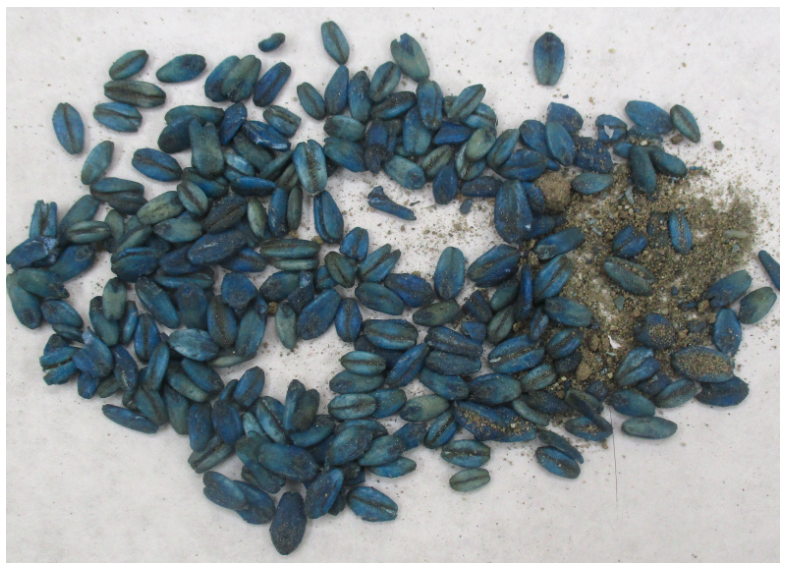Monterey County update on rodenticide contamination in pigs, turning them blue

Jeanette Bent
MONTEREY COUNTY, Calif. (KION-TV) — Last July, the California Department of Fish and Wildlife (CDFW) announced that wild pigs in the Monterey County area were exposed to pesticide bait containing the anticoagulant rodenticide diphacinone, turning the pigs blue.
They said that last March, they received multiple reports of hunters and wildlife trappers fining blue muscle or fat found in wild pigs. The CDFW’s Wildlife Health Lab (WHL) reported finding “the anticoagulant rodenticide diphacinone in the stomach and liver contents of one of the wild pigs that was recovered with blue tissues.”
“Hunters should be aware that the meat of game animals, such as wild pig, deer, bear and geese, might be contaminated if that game animal has been exposed to rodenticides,” said CDFW Pesticide Investigations Coordinator Dr. Ryan Bourbour. “Rodenticide exposure can be a concern for non-target wildlife in areas where applications occur in close proximity to wildlife habitat.”
The CDFW, while continuing to investigate the rodenticide in wild pigs throughout Monterey County, say that spill-over can occur in other animals as secondary poisoning. They are also saying that repeated exposure can also effect the overall food chain.
“A 2018 study(opens in new tab) of anticoagulant rodenticide exposure in game animals across California found anticoagulant rodenticide residue in 10 out of 120 (8.3%) of the wild pig and 10 out of 12 (83%) of the bear tissue samples collected largely from animals that were frequenting agricultural or residential areas where rodenticides are commonly/more likely to be utilized,” according to the CDFW.
Why blue?
The CDFW says that commercial rodenticides are purposely dyed with blue or green color so that people can see which “effected tissue” should not be consumed.
The CDFW says that other species can eat said rodenticides (an example would be bear and geese, who they say, are known to consume the poison), so they’re asking for hunters and wildlife catchers to check for something “weird” with harvests and report it to a stage agency right away.
They are also urging people not only to not consume blue tissue, but also not to consume any part of an animal with blue fat or muscle or other abnormalities.
They are reminding people that although the animal may have been found at one location, the rodenticide may have been consumed at a different location, especially in the case of wild pigs who like to roam.
The Salinas River, south of Gonzales and the Gabilan Mountain Range are all locations where these blue pigs have been reported.
The CDFW also stressing the importance of responsible pesticide application for people using rodenticides.
For questions about pesticide use and regulations, or to report misuse, contact (831) 759-7325 (for Monterey County).